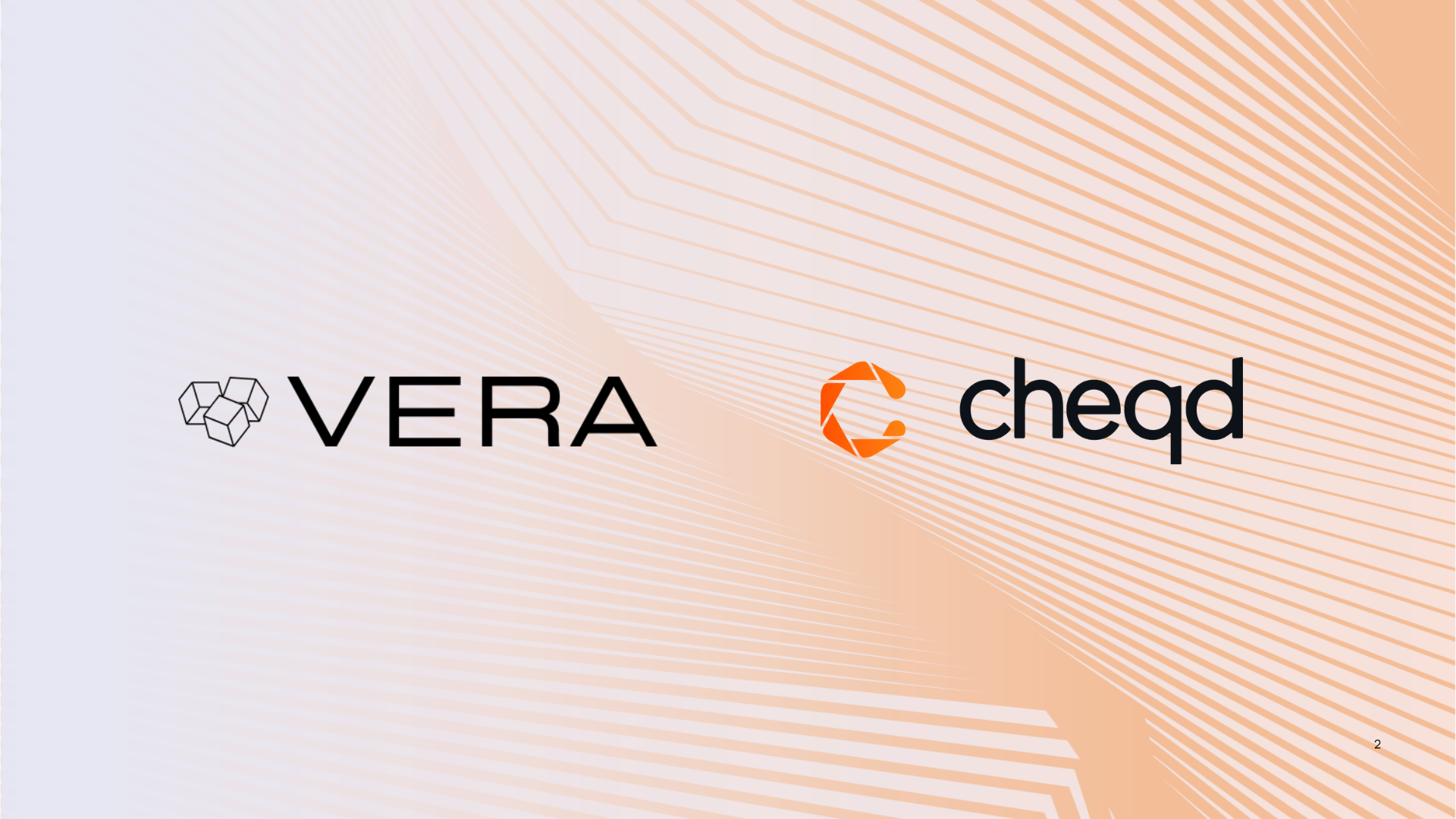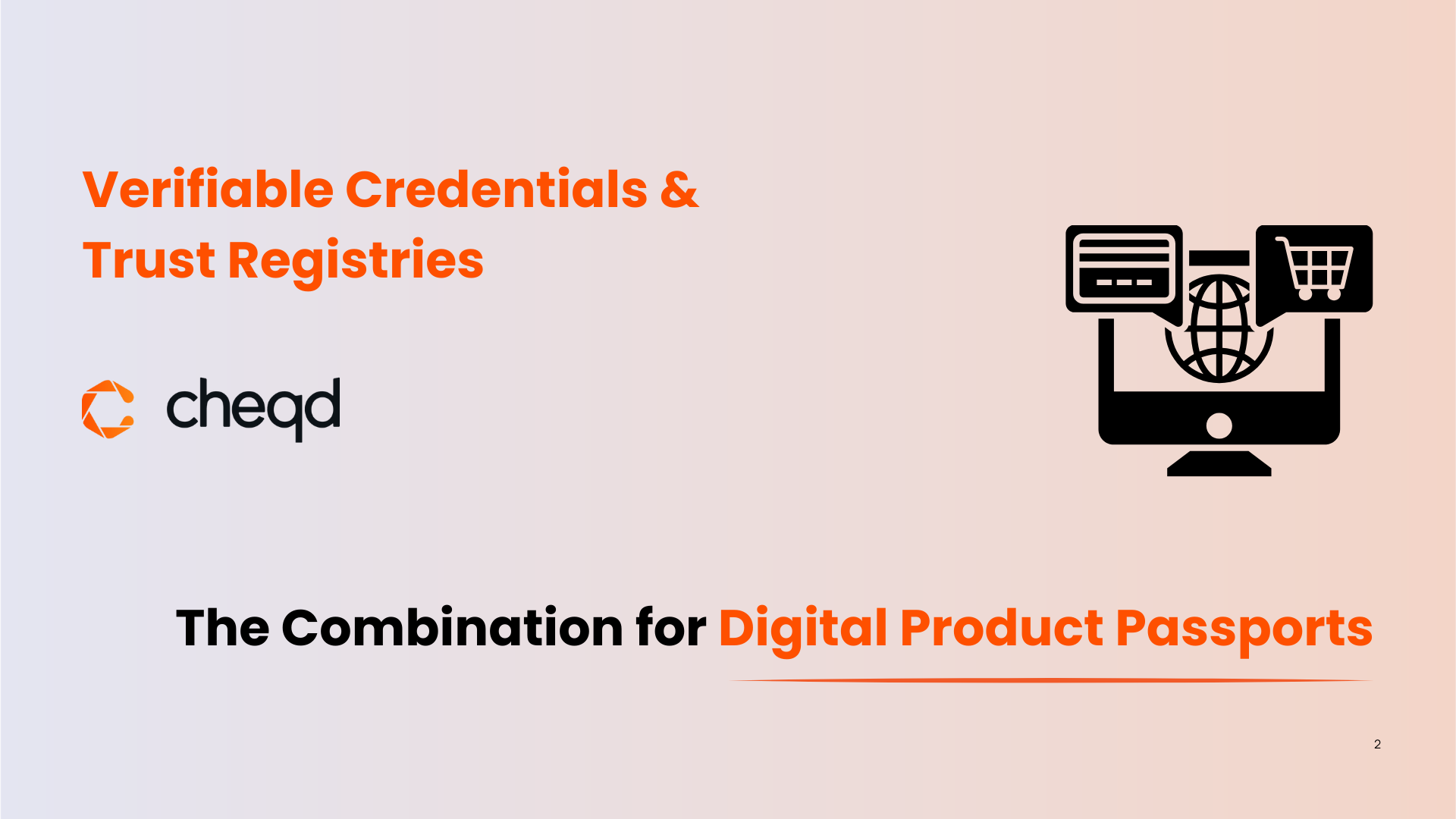Introduction
Imagine walking through a vibrant city filled with people constantly meeting, exchanging information, and conducting business. In this city, trust is essential — you need to know who’s legitimate, who’s certified, and who can be trusted with important responsibilities. Now, picture a guidebook that lists all the trustworthy individuals and organisations in this city. This guidebook tells you who can be relied upon to perform key roles. Trust registries is a digital version of the guidebook, much like the city’s official “Who’s Who” guide, telling us whom we can trust.
In the realm of digital identity, where interactions happen without face-to-face contact, establishing trust is even more critical. Verifying who is authorised to issue and validate digital credentials becomes essential for secure transactions and identity verification. This is where trust registries come into play, acting as a trusted source to ensure that individuals and organisations involved in digital credentialing are legitimate and reliable.

The Value of Trust Registries
Trust registries offer significant benefits to multiple parties within digital identity ecosystems, enhancing security and trust across various interactions.
Individuals gain confidence in the authenticity of digital credentials, knowing they are dealing with legitimate issuers and verifiers. This reduces the risks of fraud and identity theft, empowering users to engage securely in digital transactions and services.
Organisations and businesses benefit from streamlined verification processes. Trust registries eliminate the need for time-consuming manual checks, enabling faster, more secure transactions. By ensuring that partners, customers, and employees are verified through trusted sources, businesses can simplify compliance with regulatory requirements, particularly in sectors like finance, healthcare, and education.
For credential issuers, such as universities, banks, and government bodies, being listed in trust registries enhances their credibility. It signals to verifiers that their credentials are trustworthy, fostering global trust in their digital certifications.
Regulatory bodies also benefit from trust registries by ensuring compliance with industry and government standards. These registries help enforce identity verification regulations, reducing the chances of fraudulent credentials circulating in the system.
Lastly, developers and service providers building digital identity-based applications can integrate trust registries to enhance the security and trustworthiness of their platforms. By leveraging verifiable credentials, they can offer users a more secure and seamless experience.
Overall, trust registries create a reliable and secure foundation for digital identity verification, benefiting all stakeholders involved. Without trust registries, we would be left guessing who is credible and who isn’t, exposing ourselves to a variety of risks in the process.
How Trust Registries Work with DIDs and VCs
DID-based trust registries work closely with two key technologies: Decentralised Identifiers (DIDs) and Verifiable Credentials (VCs). Together, they create a secure and decentralised way to manage digital identities and credentials, ensuring that people and organisations can trust who they are dealing with online.
DIDs (Decentralised Identifiers):
Think of DIDs as digital identifiers that allow individuals or organisations to prove their identity without relying on a centralised authority. Unlike traditional identifiers, such as usernames or email addresses controlled by external entities (like service providers), DIDs are fully decentralised. In the context of trust registries, they enable organisations to demonstrate that they are trustworthy through being able to prove control of the keys in the DID.
VCs (Verifiable Credentials):
Verifiable credentials (VCs) are like digital ID cards that prove something about a person or organisation, such as their age or qualifications. In the context of trust registries, VCs are used to “accredit” organisations for specific purposes, allowing relying parties to query whether a particular organisation is authorised to issue credentials.
Trust Registries in Action:
Let’s say you receive a digital diploma from a university in the form of a Verifiable Credential. A trust registry will confirm that the university’s DID that is issuing the diploma is legitimate, accredited and recognized, allowing others, such as potential employers, to trust that credential without needing to communicate with the university directly. Similarly, if an employer or government agency is verifying your credential, a trust registry may ensure that they are authorised to check and validate your information.
By leveraging DIDs and VCs alongside trust registries, the entire process becomes more secure, efficient, and decentralised.
What's the Old-School Way? X.509 Certificates and DNS Records
Before DID-based trust registries, the traditional method of establishing trust online relied heavily on X.509 certificates and DNS records. These systems have served as the backbone of online identity verification for decades, but they come with limitations in today’s digital landscape.
X.509 Certificates:
X.509 certificates are like the traditional “paper IDs” of the internet. When you visit a website, the site presents an X.509 certificate to prove it’s legitimate, similar to how someone would show you an ID card to confirm who they are. However, these certificates rely on a central authority, known as a Certificate Authority (CA), to vouch for the site’s authenticity. While this system works, it comes with some drawbacks. It’s far too easy to obtain an X.509 certificate for your website, and for this reason, some certificates have become essentially meaningless. Moreover, it’s difficult to express what the recipient of an X.509 certificate is trusted for.
DNS Records:
Domain Name System (DNS) records are like the phone books of the internet. They translate domain names (like www.example.com) into IP addresses that computers use to find each other online. While DNS plays a crucial role in routing traffic, it was invented to help computers communicate with each other — not necessarily to help build trust in the organisations being represented. Worse still, because DNS is centrally managed, it is vulnerable to hacking and manipulation. If someone gains access to the DNS records of a website, they can redirect users to fraudulent sites, leading to security threats like website spoofing or data theft.
The Problem:
The major issue is that both X.509 certificates and DNS records were never intended to be used for “trust.” As such, they have inherent limitations when employed in this capacity. Their reliance on central authorities and their lack of granular context creates significant challenges in establishing and maintaining genuine trust in online interactions. Amid the swift currents of the digital age, these traditional methods are beginning to reveal their fading relevance to security and authenticity for digital interactions in a more decentralised internet. That’s why new approaches, like trust registries combined with DIDs, DID-Linked Resources and VCs, are emerging to offer a more secure, efficient, and decentralised way to manage trust online.
Why DID-based Trust Registries Are the Future for Digital Credentials
Trust registries, powered by technologies like Decentralised Identifiers (DIDs) and DID-Linked Resources, are shaping the future of digital credentials. cheqd’s innovative use of these decentralised systems enables trust to be built in a way that’s secure, scalable, and transparent. With DIDs, entities can independently verify and control their identities without relying on central authorities, while DID-Linked Resources offer a secure way to manage accreditations or authorisations linked to these identifiers. Together, these technologies form the backbone of future-proof trust registries.
In a decentralised identity ecosystem, multiple parties — issuers, wallets, and verifiers — must be considered trustworthy. Each of these parties plays a crucial role in the process: issuers create and sign credentials, wallets securely store them, and verifiers authenticate the credentials presented. Traditional models of trust, such as X.509 certificates and DNS records, are not nuanced enough to effectively provide infrastructure for these diverse roles. They fall short in addressing the varying levels of trust needed for different parties and contexts.
In contrast, DID-based trust registries can flexibly accommodate these complexities, allowing ecosystems to establish bespoke permissions, policies, and rules. This adaptability means that organisations can create tailored trust frameworks that suit their specific needs, fostering an environment where trust can flourish across multiple stakeholders. As we move toward a more decentralised future, these trust registries will play a pivotal role in ensuring that all parties involved can confidently interact and engage in secure digital transactions.
Are you ready to make digital interactions safer and more reliable? Discover how trust registries can transform your business or organisation. Start exploring today how you can build or join a trust registry, and be at the forefront of secure digital credentialing. Let’s create a digital world where trust is easy to verify! Contact [email protected]






